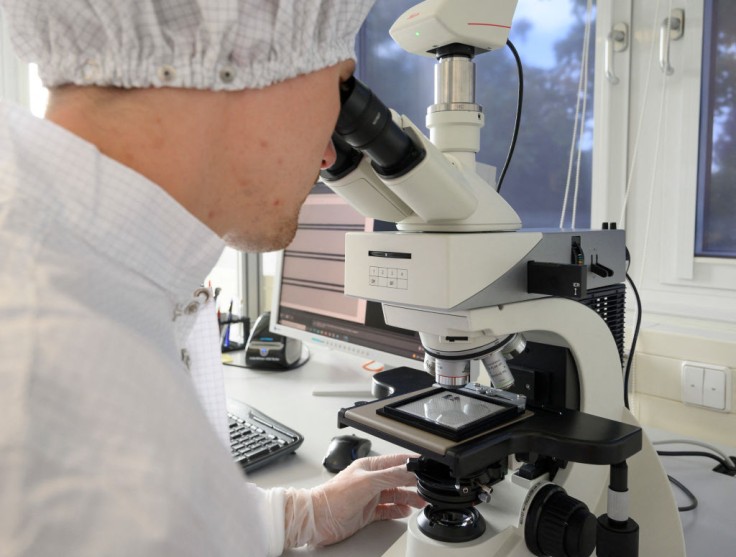
Chemists have discovered a low-cost method of destroying "forever chemicals."
It is said that "forever chemicals" are resistant to destruction. There is now, however, optimism around a new methodology of literally destroying these molecules into tiny pieces, preventing them from harming the environment and human health. It is discussed in research that was just published in the journal Science.
However, let's first understand "forever chemicals" before we go into the specifics of destroying them.
What Is 'Forever Chemicals'
Per- and polyfluoroalkyl compounds, sometimes known as PFAS, are the prevalent chemicals. They have been used in everything from fast food wrappers to non-stick pans since they were formerly thought to be so harmless, as per the news story of The Verge.
They are quite practical due to their resistance to water, oil, and stains. PFAS are found in thousands of common items, including makeup and cooking pans. But it is because of these characteristics that they are so hard to destroy, according to a BBC report.
But recently, people have been more worried about the potential risks those chemicals pose to both the environment and human health. There are many different types of PFAS, but their defining characteristic is that they are resistant to breakdown under any circumstances, including extreme environmental conditions and high temperatures.
Harm Caused PFAS
Researchers are currently working to determine the risks that PFAS may pose as well as their distribution. However, high levels of PFAS have also been related to hazards for reproductive health, such as higher blood pressure in pregnant women and lower infant birth weights, as well as a higher risk of some types of cancer, liver damage, and increased cholesterol.
How to Destroy 'Forever Chemicals'
The Verge said that the word forever was included in the "forever chemicals" because "PFAS get their molecular strength from the particularly hardy bond between carbon and fluorine within the chemical structure of all 9,000 or so different kinds of the chemical."
Researchers are attempting to determine how to break those linkages in order to eliminate PFAS. However, it usually requires a lot of work, such as incinerating them at temperatures above 700 degrees Celsius (1,292 degrees Fahrenheit).
The procedure converts PFAS into six distinct byproducts, all of which are considered to be safe by experts. Five of those are found in nature and may even be components of face wash and toothpaste. Trifluoroacetate, the sixth byproduct, still has the troublesome carbon-fluorine linkages, but it is not as dangerous as PFAS.
Unlike PFAS, which has a propensity to leach out of landfills and possibly even stay in the air after being incinerated, all those broken-down fragments could eventually be converted into rock or otherwise disposed of securely, according to The Verge.
Even though the new study that was just published in Science is encouraging, there is still a long way to go before it can be put into practice.
Related Article : Fast Food Packaging Has Harmful Chemicals









